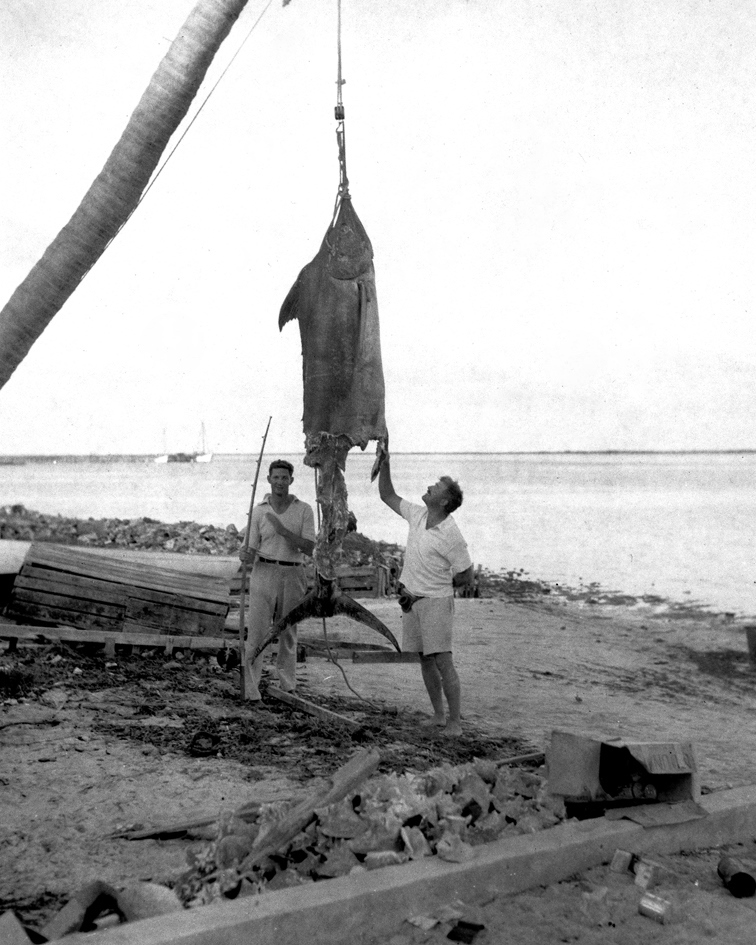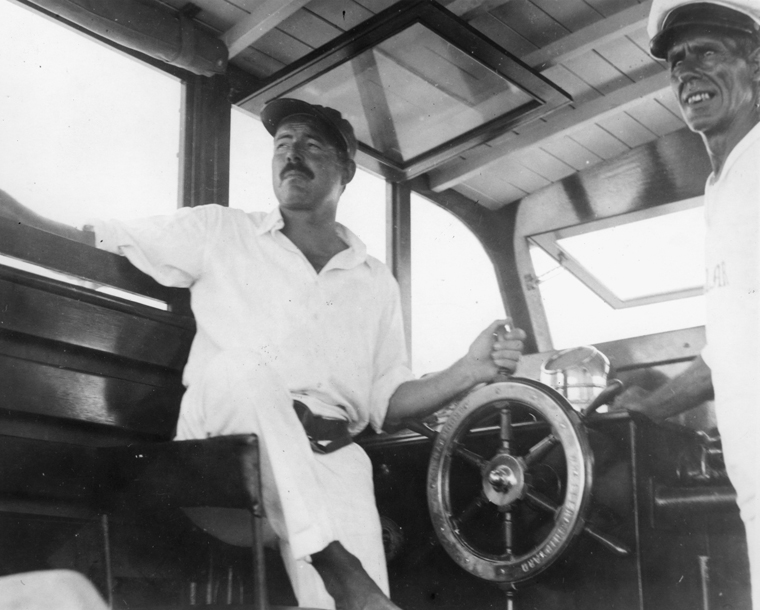|
Islands In The Stream (novel)
''Islands in the Stream'' (1970) is the first of the posthumously published novels of Ernest Hemingway. The book was originally intended to revive Hemingway's reputation after the negative reviews of ''Across the River and Into the Trees''. He began writing it in 1950 and advanced greatly through 1951. The work, rough but seemingly finished, was found by Mary Hemingway among 332 works Hemingway left behind at his death. ''Islands in the Stream'' was meant to encompass three stories to illustrate different stages in the life of its main character, Thomas Hudson. The three different parts of the novel were originally to be titled "The Sea When Young", "The Sea When Absent" and "The Sea in Being". These titles were changed, however, into what are now its three acts: "Bimini", "Cuba", and "At Sea". Background Early in 1950 Hemingway started work on a "sea trilogy", to consist of three sections: "The Sea When Young" (set in Bimini); "The Sea When Absent" (set in Havana); and "The Sea ... [...More Info...] [...Related Items...] OR: [Wikipedia] [Google] [Baidu] |
Ernest Hemingway
Ernest Miller Hemingway (July 21, 1899 – July 2, 1961) was an American novelist, short-story writer, and journalist. His economical and understated style—which he termed the iceberg theory—had a strong influence on 20th-century fiction, while his adventurous lifestyle and public image brought him admiration from later generations. Hemingway produced most of his work between the mid-1920s and the mid-1950s, and he was awarded the 1954 Nobel Prize in Literature. He published seven novels, six short-story collections, and two nonfiction works. Three of his novels, four short-story collections, and three nonfiction works were published posthumously. Many of his works are considered classics of American literature. Hemingway was raised in Oak Park, Illinois. After high school, he was a reporter for a few months for ''The Kansas City Star'' before leaving for the Italian Front (World War I), Italian Front to enlist as an ambulance driver in World War I. In 1918, he was se ... [...More Info...] [...Related Items...] OR: [Wikipedia] [Google] [Baidu] |
Pilar (Ernest Hemingway's Boat)
Ernest Hemingway owned a fishing boat named ''Pilar''. It was acquired in April 1934 from Wheeler Shipbuilding in Brooklyn, New York, for $7,495. "Pilar" was a nickname for Hemingway's second wife, Pauline, and also the name of the woman leader of the partisan band in his 1940 novel of the Spanish Civil War, ''For Whom the Bell Tolls''. Hemingway regularly fished off the boat in the waters of Key West, Florida, Marquesas Keys, and the Gulf Stream off the Cuban coast. He made three trips with the boat to the Bimini islands, wherein his fishing, drinking, and fighting exploits drew much attention and remain part of the islands' history. In addition to fishing trips on ''Pilar'', Hemingway contributed to scientific research, including collaboration with the Smithsonian Institution. Several of Hemingway's books were influenced by time spent on the boat, most notably, ''The Old Man and the Sea'' (1953) and '' Islands in the Stream'' (1970). The yacht also inspired the name of Playa P ... [...More Info...] [...Related Items...] OR: [Wikipedia] [Google] [Baidu] |
Novels By Ernest Hemingway
A novel is a relatively long work of narrative fiction, typically written in prose and published as a book. The present English word for a long work of prose fiction derives from the for "new", "news", or "short story of something new", itself from the la, novella, a singular noun use of the neuter plural of ''novellus'', diminutive of ''novus'', meaning "new". Some novelists, including Nathaniel Hawthorne, Herman Melville, Ann Radcliffe, John Cowper Powys, preferred the term "romance" to describe their novels. According to Margaret Doody, the novel has "a continuous and comprehensive history of about two thousand years", with its origins in the Ancient Greek and Roman novel, in Chivalric romance, and in the tradition of the Italian renaissance novella.Margaret Anne Doody''The True Story of the Novel'' New Brunswick, NJ: Rutgers University Press, 1996, rept. 1997, p. 1. Retrieved 25 April 2014. The ancient romance form was revived by Romanticism, especially the historica ... [...More Info...] [...Related Items...] OR: [Wikipedia] [Google] [Baidu] |



